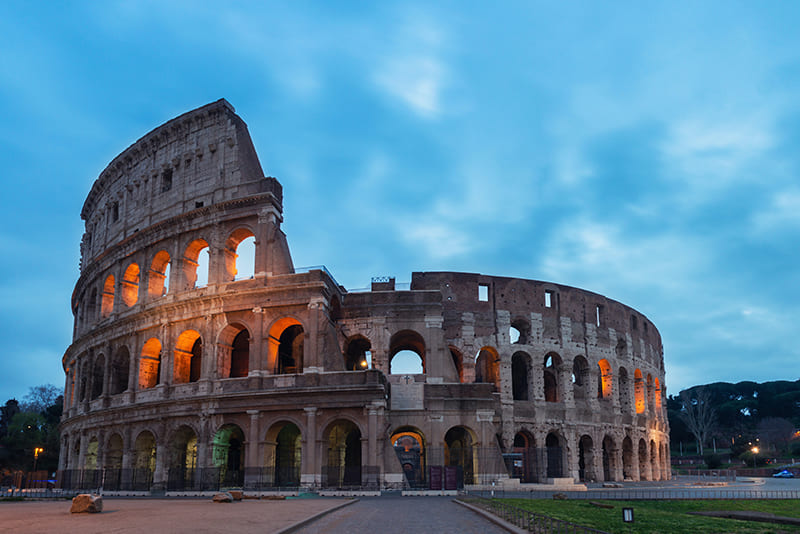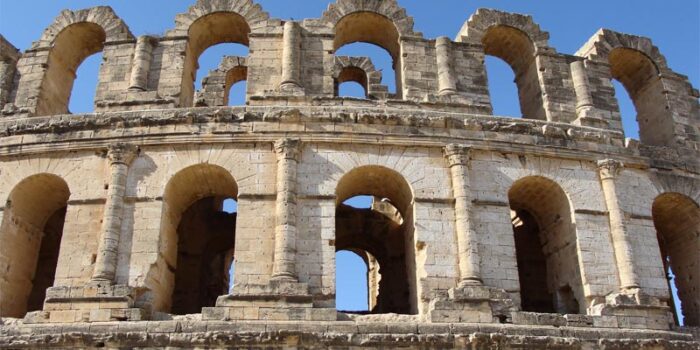Roman amphitheaters are roman theaters – huge, roundabout, or oval outdoors scenes with raised seating – worked by the antiquated Romans. They were utilized for occasions, for example, warrior battles, venation (creature slayings), and executions. Around 230 Roman amphitheaters have been found over the region of the Roman Empire.
The word amphitheater signifies “theater all around”.
The Roman amphitheater comprises of three primary parts: the cave, the field, and the vomitorium. The seating region is known as the cave (Latin for “walled in the area”). So, the following are the top 10 Interesting Facts about Roman Amphitheatre.
1. The cavea is generally sorted out in three flat segments, comparing to the social class of the spectators.
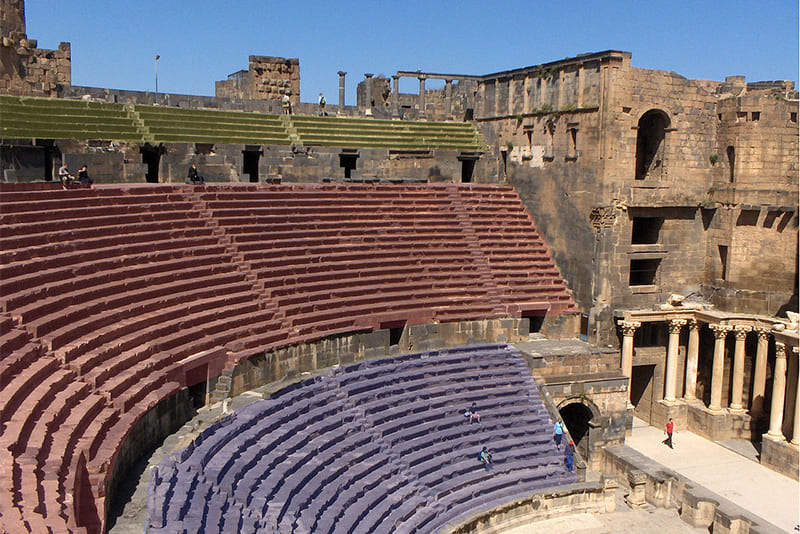
2. The ima cavea is the most reduced piece of the cavea and the one legitimately encompassing the field.
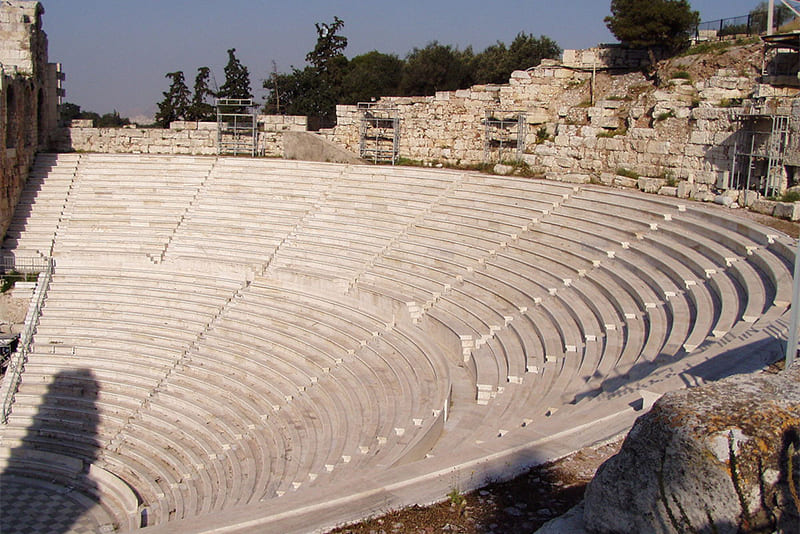
3. The media cavea legitimately follows the ima cavea and was available to the overall population, however generally held for men.
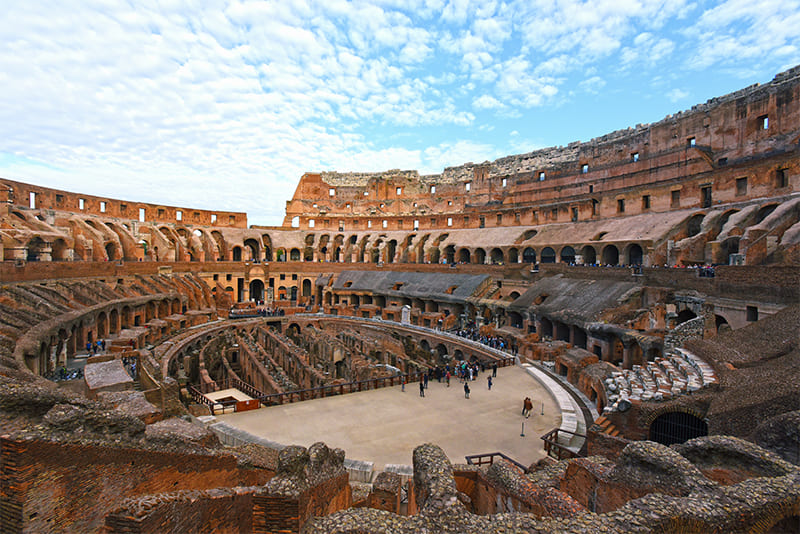
4. The summa cavea is the most elevated segment and was generally open to ladies and youngsters.
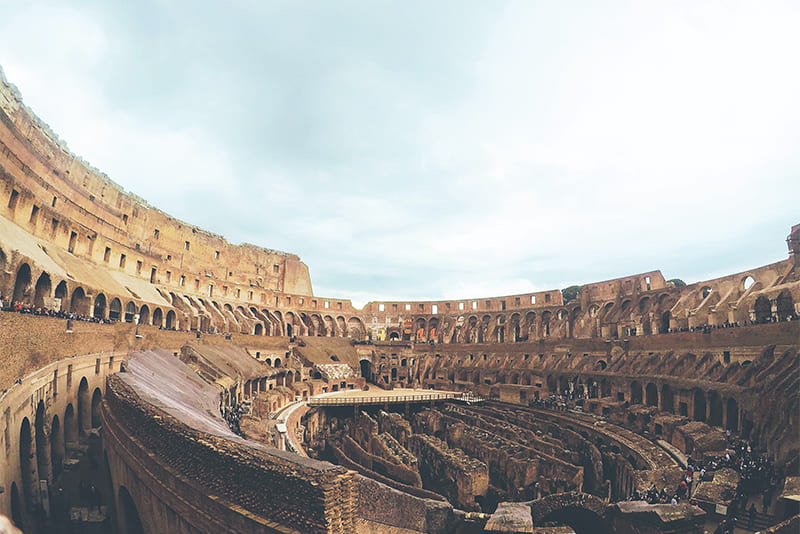
5. The Flavian Amphitheater in Rome, also known as the Colosseum, is the original and the biggest Roman amphitheater.
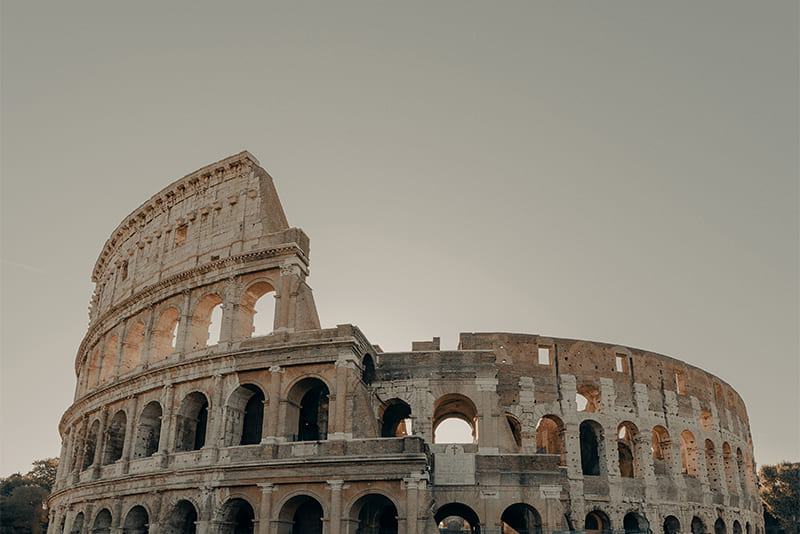
6. The second biggest Roman amphitheater was the Faleria, manufactured 43 A.D.
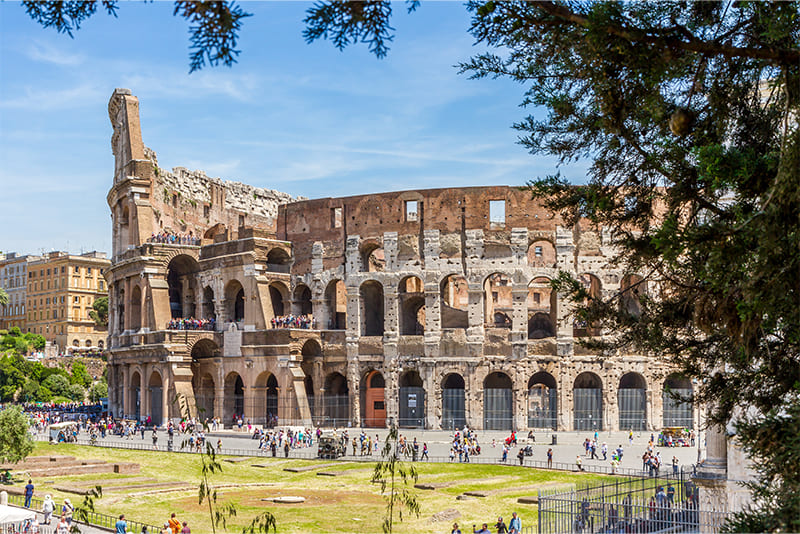
7. The third-biggest Roman amphitheater was the Capua, with building measurements of 169.9 × 139.6 meters.
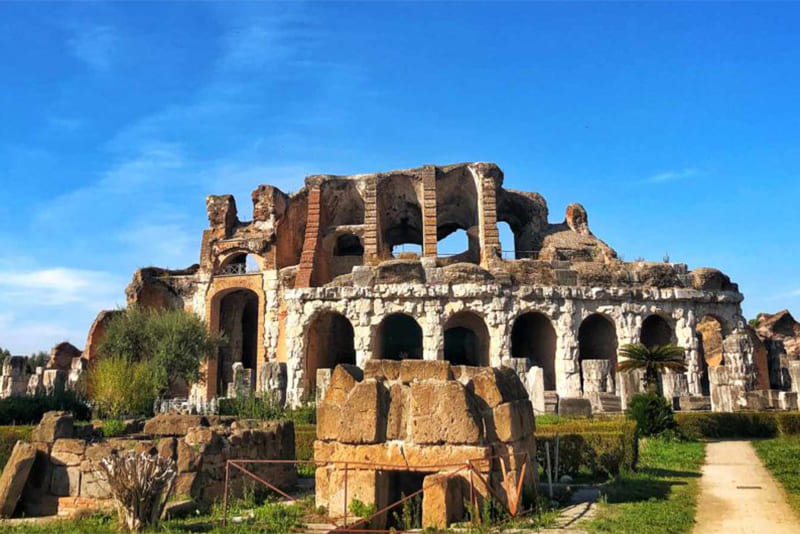
8. The fourth-biggest Roman amphitheater, the Julia Caesarea, was raised after the hour of Julius Caesar.
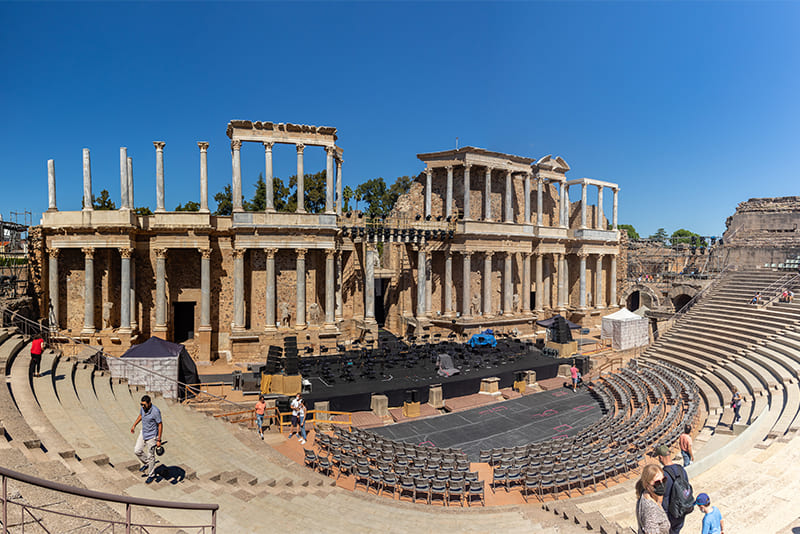
9. Moreover, the fifth-biggest Roman Amphitheater is found in the region of Sevilla, Spain.
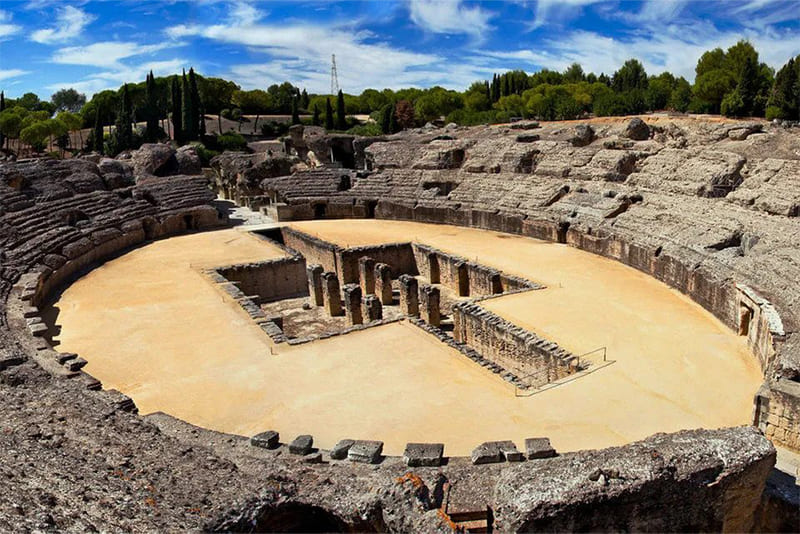
10. The Amphitheater of Pompeii is the most established enduring Roman amphitheater. Furthermore, it is situated in the Roman city of Pompeii.
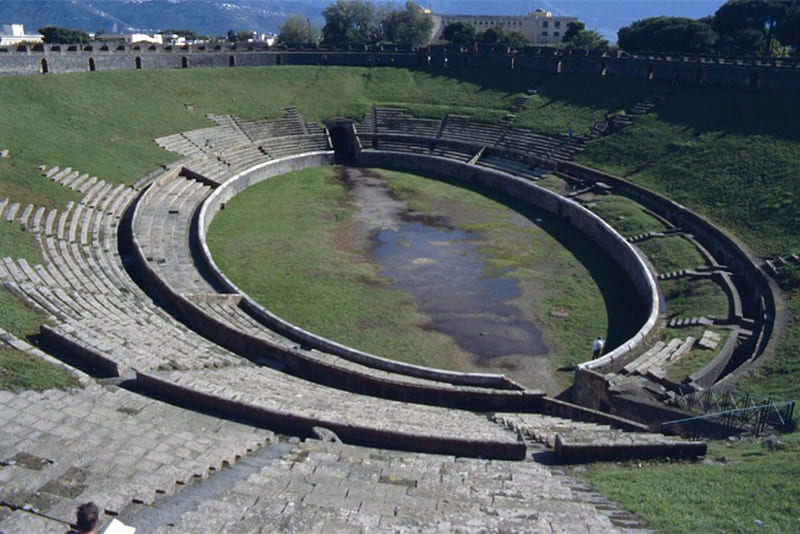
11. Gladiatorial challenges played in Roman amphitheaters included creatures, for example, bears, rhinos, tigers, elephants, and giraffes.
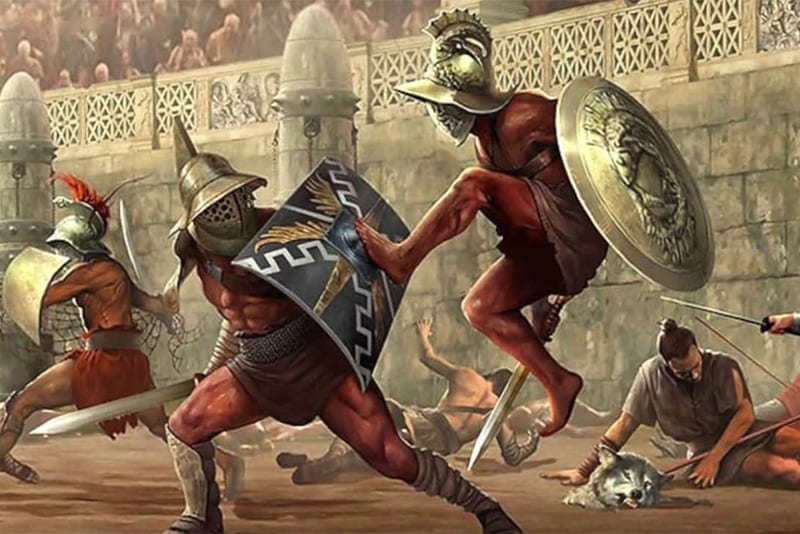
12. Romans cherished chariot races, which were hung on exceptional courses called bazaars. Whereas the most popular bazaar, which was in Rome, was the Circus Maximus.
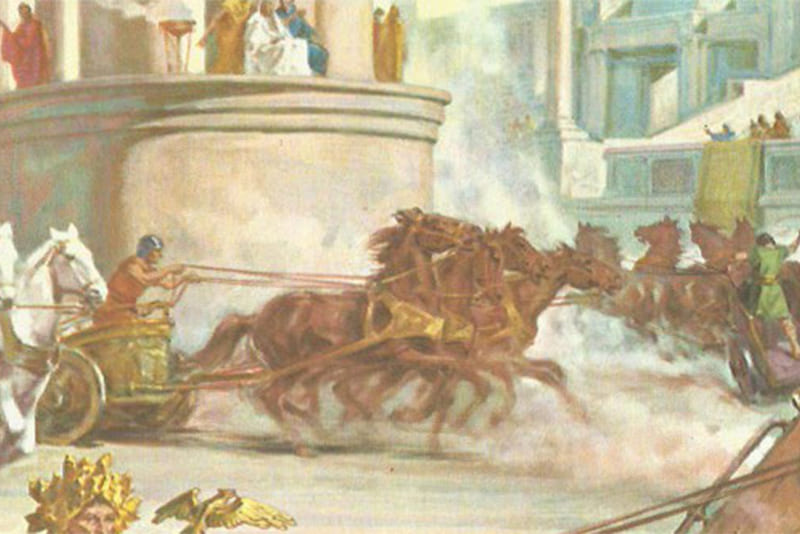
13. The Colosseum was a scene for something beyond gladiatorial games. However, it utilized likewise for open executions and fanciful plays.
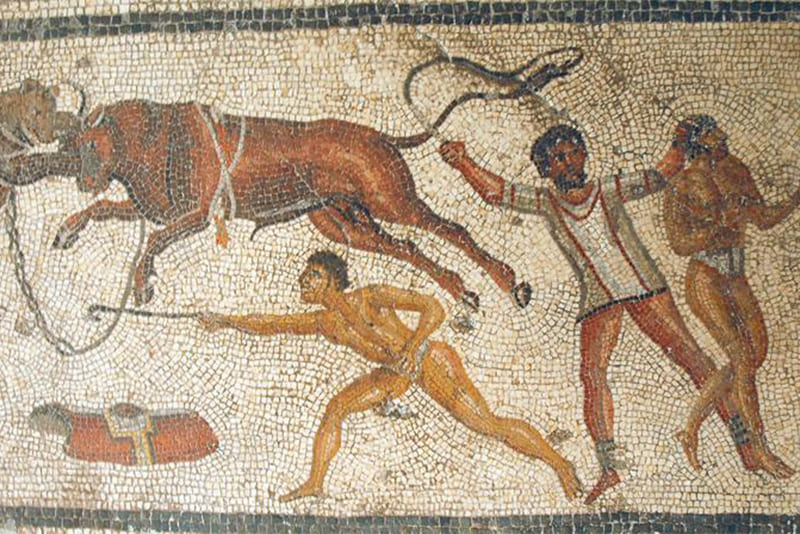
14. While after about four centuries of utilization, the stupendous field inevitably fell into dilapidation, and in the early medieval period. Whereas the Romans quit utilizing it for amusement purposes while the time has incurred significant damage.
